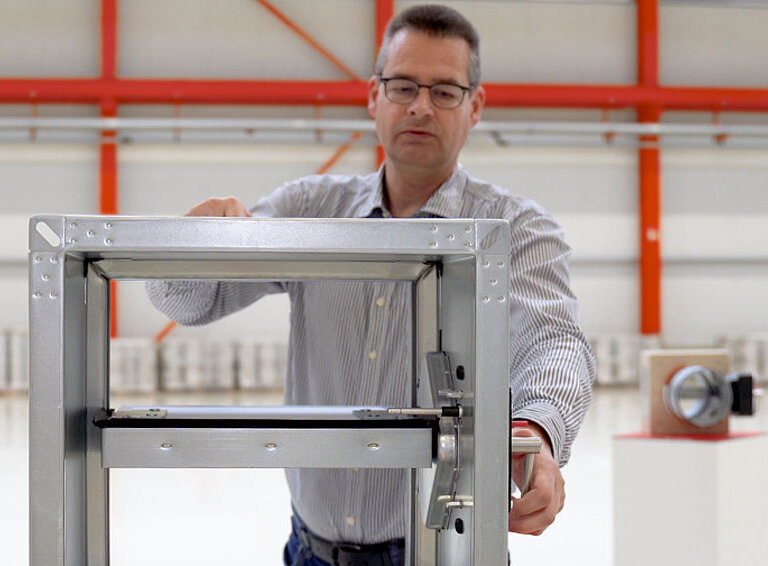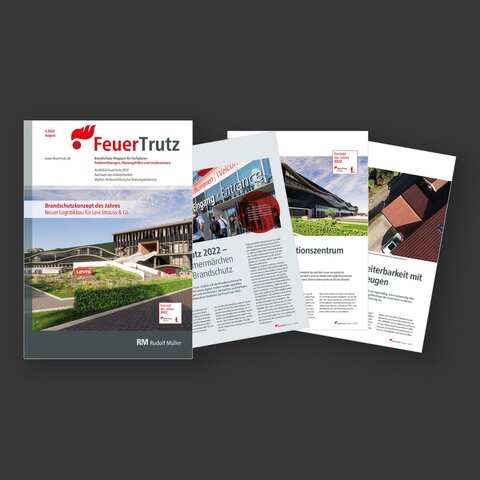Fire dampers should close in the event of a fire. To do this, they are triggered by a thermal release device and the damper blade is automatically moved from the "open" position to the "fully closed" safety position by an operation unit at an increased temperature. This creates the room closure E, the thermal insulation I and the smoke-tightness S, thus preventing the spread of fire and smoke.
Who is responsible for testing fire dampers?
The owner or operator of the ventilation and air conditioning system must arrange for and be responsible for the testing of fire dampers.
Wildeboer will be happy to advise you on this if you have any queries.
How often do fire dampers need to be checked?
In accordance with legal regulations, fire dampers must always be subjected to a functional test at the beginning, i.e. when the entire ventilation and air conditioning system is commissioned, as well as after a significant change to the system. In addition, testing is required at regular intervals. An interval of six months to one year is recommended here. Special buildings may also require recurring inspections by recognised inspection experts every three years in accordance with building regulations. Testing is required over the entire life cycle of the fire damper.
How are fire dampers tested?
The functional test of fire dampers involves at least closing and opening the damper to be tested. This is particularly quick and easy with all Wildeboer fire dampers, such as the FK 90 fire damper. Wildeboer fire dampers are maintenance-free fire dampers. Wildeboer dampers do not require any functional cleaning, recurring lubrication or adjustment. Only the functional test needs to be carried out regularly, as this is the only way to reliably confirm the safety function of a fire damper.
A functional test basically consists of the damper blade of the fire damper being completely closed and then completely opened again. With Wildeboer fire dampers with a thermal-mechanical release device, this can be easily recognised by the external position indicator on the fire damper.
The functional test can be carried out conveniently and automatically by equipping the fire damper with a motorised actuator and connecting it to the Wildeboer-Net control system.
Finally, the functional test of fire dampers must be documented in a traceable manner in order to be able to prove that the operator has fulfilled his obligation to carry out regular functional tests of the fire dampers in the event of damage or recurring tests by test experts.


